
OAKDALE Wood Burning Majolica Brown Fireplace Insert
Napoleon Fireplaces, Stoves & Inserts

Napoleon Fireplaces, Stoves & Inserts

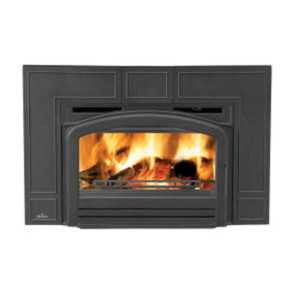
Napoleon Fireplaces, Stoves & Inserts


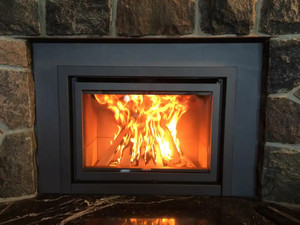

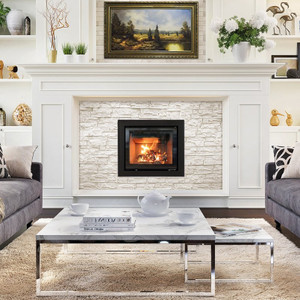
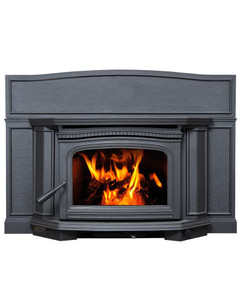

Timberwolf Wood & Pellet Stoves & Inserts


Regency Fireplace Products-Gas Inserts, Wood Stoves & More
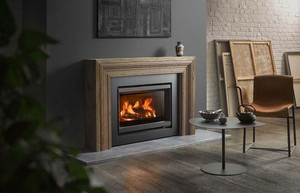
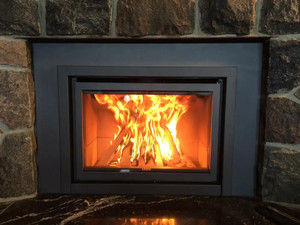
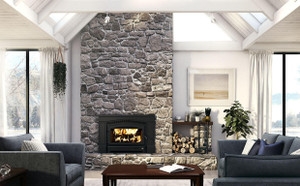

Regency Fireplace Products-Gas Inserts, Wood Stoves & More


Regency Fireplace Products-Gas Inserts, Wood Stoves & More

Regency Fireplace Products-Gas Inserts, Wood Stoves & More
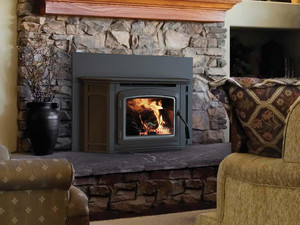
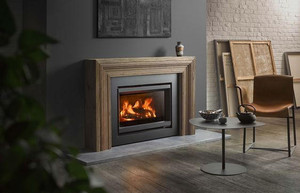

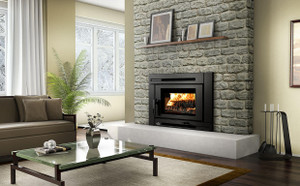

Regency Fireplace Products-Gas Inserts, Wood Stoves & More
Wood burning fireplace inserts are an efficient way to upgrade traditional masonry fireplaces. By installing a wood stove insert into the existing fireplace, homeowners can enhance the heating efficiency and reduce the amount of heat lost through the chimney. These inserts come equipped with airtight, sealed doors and heat exchanger systems that allow for better control of the burn rate, making them a more environmentally friendly and cost-effective heating solution. Additionally, many modern units include blowers that distribute the heated air more evenly throughout the room, ensuring that the warmth is not just localized around the fireplace.
The installation of wood fireplace inserts saves energy and can contribute to a more effective and cleaner heating system for the home. Unlike open fireplaces that can lose up to 90% of their heat up the chimney, an insert contains the fire and circulates the heat into the room. Inserts are available in various designs ranging from traditional to modern, with advanced features such as airwash systems that keep the glass doors clean, offering an unobstructed view of the flames. For homeowners seeking to maintain the charm of a wood fire while improving the performance and reducing emissions, wood burning inserts are a valuable investment.
Whether looking to update an aging fireplace or seeking increased heat efficiency, the best wood burning insert can significantly transform the ambiance and warmth of any living space. Fireplace inserts wood burning can vary by construction material as well, with options like cast iron wood fireplace insert providing long-lasting durability and a classic look. For those interested, LuxuryFire.com offers a wide selection of fireplace inserts, a helpful resource in finding an ideal wood heating solution for any home. With technological advancements, such as wood burning fireplace insert with blower, users can enjoy a combination of traditional wood fire experience and modern, efficient heating technology.
Wood fireplace inserts are a popular option for those looking to increase the efficiency and convenience of their existing fireplace. These inserts come in various forms to suit different needs, aesthetic preferences, and installation requirements.
Wood stove inserts are designed to fit into the firebox of an existing fireplace. They typically include a steel or cast-iron surround and are an effective way to upgrade an open burning fireplace into a more efficient heating source. These inserts often feature a fan or blower to distribute heat evenly throughout the room.
These traditional inserts are meant to burn wood logs and are engineered to burn the fuel more cleanly and efficiently than an open fireplace. They come in a range of sizes and styles, with some models having the capacity to heat large areas for extended periods. A fireplace insert wood-burning model can also come with a built-in blower to circulate the warm air.
Cast iron inserts are prized for their longevity and their ability to retain heat for longer periods of time. They are typically heavier than their steel counterparts and often feature ornate designs that add a classic touch to a home. The robust nature of cast iron also makes these inserts highly durable, suited for continuous use throughout the colder months.
Modern inserts, like the Regency Ci2700 incorporates contemporary design with advanced technology for a clean, efficient burn. These may feature sleek lines, large glass viewing areas, and improved burn technology for reduced emissions. Modern wood burning fireplace inserts might also offer user-friendly controls and the ability to integrate with a home's existing HVAC systems for added convenience.
Installing and maintaining a wood-burning fireplace insert is a crucial process to ensure efficiency, safety, and longevity. These inserts must be properly installed and regularly maintained by professionals and homeowners to operate at their best.
Professional installation is crucial for a wood-burning fireplace insert. The process typically involves securely placing the insert into the existing fireplace, ensuring proper alignment with the flue, and making airtight connections to prevent smoke leaks. Professionals should handle the wiring for units equipped with blowers and ensure that all building codes and safety standards are met.
Regular cleaning and upkeep are essential to maintain the efficiency and safety of a wood fireplace insert. Homeowners should:
Annual inspection and safety checks by a certified professional are recommended. These checks should include:
For those considering DIY installation or maintenance, it is vital to have a clear understanding of the insert's requirements, the existing fireplace structure, and local building codes. Detailed instructions from the insert manufacturer should be followed meticulously. When in doubt, consult or hire a professional to avoid potential hazards.
Choosing the right wood burning fireplace insert involves understanding the features and accessories available, which can greatly enhance efficiency, control, and overall enjoyment.
Blowers: Inserts equipped with dual or single blower systems enhance heat distribution throughout the room. Napoleon S20i, for example, incorporates a dual blower system, which significantly boosts heat output compared to non-blower models.
High-Efficiency Models: Some inserts boast high-efficiency rates, often exceeding 75%. Features like advanced combustion technologies and EPA certification ensure more heat from less wood.
Airwash System: Maintains clean glass, offering an unobstructed view. Automatic Air Control: Assists in managing the burn rate, making operation easier and extending burn times.
Faceplates and Trims: Customize the insert's look to fit various decors. Cast Iron Designs: Cast iron inserts like those from Lopi Stoves® provide timeless aesthetics with robust, long-lasting construction.
The choice of a wood burning fireplace insert is critical for both performance and cost-effectiveness. This section aims to answer some of the key questions buyers may have when considering a wood burning fireplace insert.
The best wood burning fireplace insert depends on individual needs and preferences. However, options like Napoleon's with dual blower systems are often recognized for their efficiency and quality.
Installation typically involves sliding the insert into an existing fireplace opening. Professional installers ensure proper venting and secure fitting of the unit, which is crucial when it comes with an integral blower.
Wood burning fireplace inserts are available at specialty stores, home improvement stores, and from various online retailers. One can also consult with local fireplace installation businesses for purchase and professional fitting.
Wood burning fireplace inserts are more efficient, providing more heat with less wood compared to traditional fireplaces. They also reduce heat loss and offer clean burning options to minimize emissions.
The cost for wood burning fireplace inserts generally ranges from $1,000 to $3,000. Factors influencing the price include features, materials, and the complexity of the installation process. Electric inserts can be less expensive, while high-end models with advanced features can be more costly.